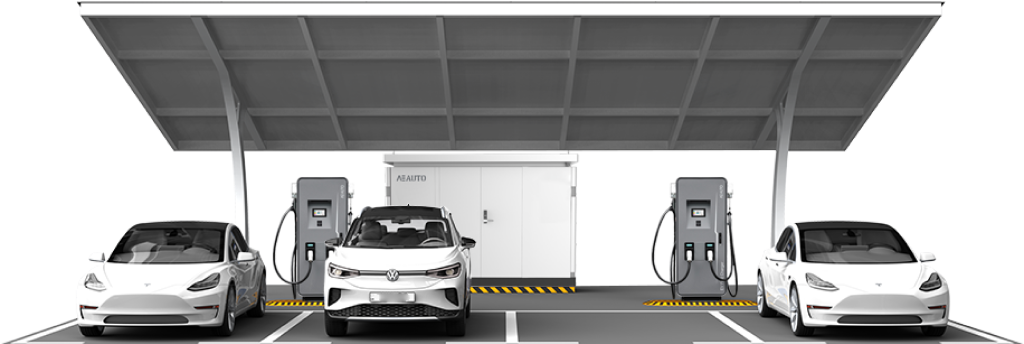As the global shift toward renewable energy intensifies, Nanjing AE System Technology stands at the forefront of innovation with its solar ESS charger solutions. Designed to address the unique energy demands of Southeast Asia and Europe, technologies like the solar ESS DC EV charger and AEAUTO Solar ESS Charging platform are redefining sustainable mobility and grid resilience.

Market-Specific Solutions
Southeast Asia: Rapid urbanization and increasing EV adoption in countries like Thailand and Vietnam have exposed grid vulnerabilities, particularly in remote regions. solar energy storage system charger offers a decentralized energy solution, combining photovoltaic panels with high-capacity battery storage. Engineered for extreme climates, these systems work well in 50°C heat and high humidity, key for tropics. For example, off-grid communities can leverage DC fast charging to power EVs without relying on unstable grids or diesel generators, reducing both costs and emissions.
Europe: The EU’s ambitious carbon neutrality goals have accelerated demand for smart energy infrastructure. The AEAUTO Solar ESS Charging system aligns with initiatives like the European Green Deal by enabling bidirectional energy flow. Excess solar power stored during peak daylight hours can be fed back into the grid during high-demand periods, stabilizing supply and lowering reliance on fossil fuels. Germany and the Netherlands, leaders in renewable adoption, are early adopters of this technology for commercial fleets and residential complexes.
Technological Advancements
AEAUTO platform integrates three groundbreaking features:
1.High-Efficiency DC Charging: The solar ESS DC EV charger minimizes energy loss during conversion, achieving efficiency rates over 95%. This ensures faster charging times for EVs while optimizing solar energy use.
2.Modular Scalability: Systems can be tailored to small households or large industrial sites, with storage capacities ranging from 10 kWh to 10 MWh. This flexibility is vital for Southeast Asia’s diverse energy landscape.
3.Intelligent Management: Real-time analytics predict energy demand and adjust storage distribution, enhancing grid stability—a key selling point for Europe’s smart-city projects.
Environmental and Economic Benefits
Solar ESS chargers reduce carbon footprints by replacing fossil fuel-dependent grids with clean energy. For instance, a single AEAUTO system can cut CO₂ emissions by 15 tons annually per charging station. SE Asian firms save on energy, EU users profit from selling surplus.
Nanjing AE System Technology solar ESS charger solutions bridge the gap between renewable energy and practical application. AEAUTO addresses regional challenges for a sustainable future. As solar technology evolves, innovations like AEAUTO Solar ESS Charging will remain pivotal in achieving global energy transition goals.
